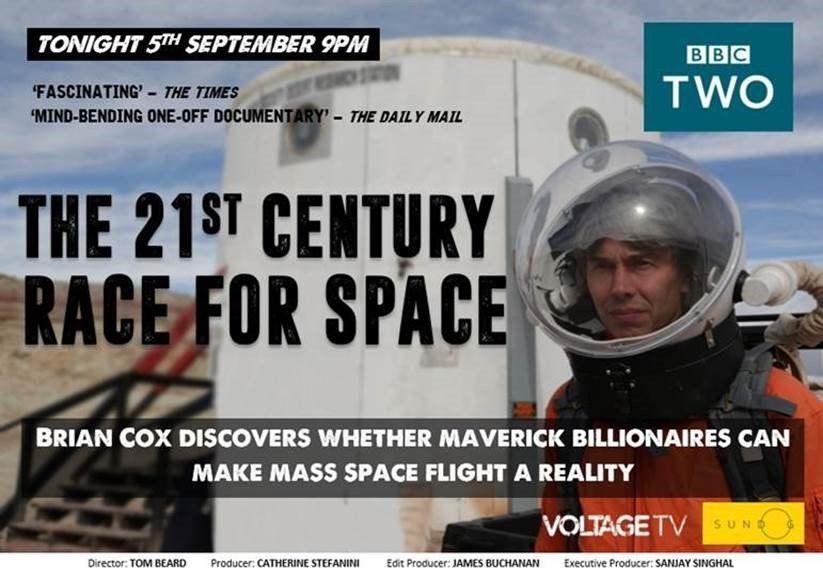
Get the latest international news and world events from around the world.

The Future of Machine Learning in a Connected World
Ariadna Font Llitjós of IBM Emerging Technology, Director of Emerging Technology Experiences at IBM Experiences, moderated the MIT Venture Capital + Innovation Conference at the MIT Sloan School of Management on June 2017. The main question of this panel was “What do Machine Learning and Artificial Intelligence mean for our future?”
Experts * S. Somasegar of Madrona Venture Group * Karl Iagnemma of NuTonomy, CEO of Nutonomy and Principal Research Scientist at MIT * Gareth Keane of Qualcomm Ventures * Saikat Dey of GuardHat, Co-Founder of GuardHat.
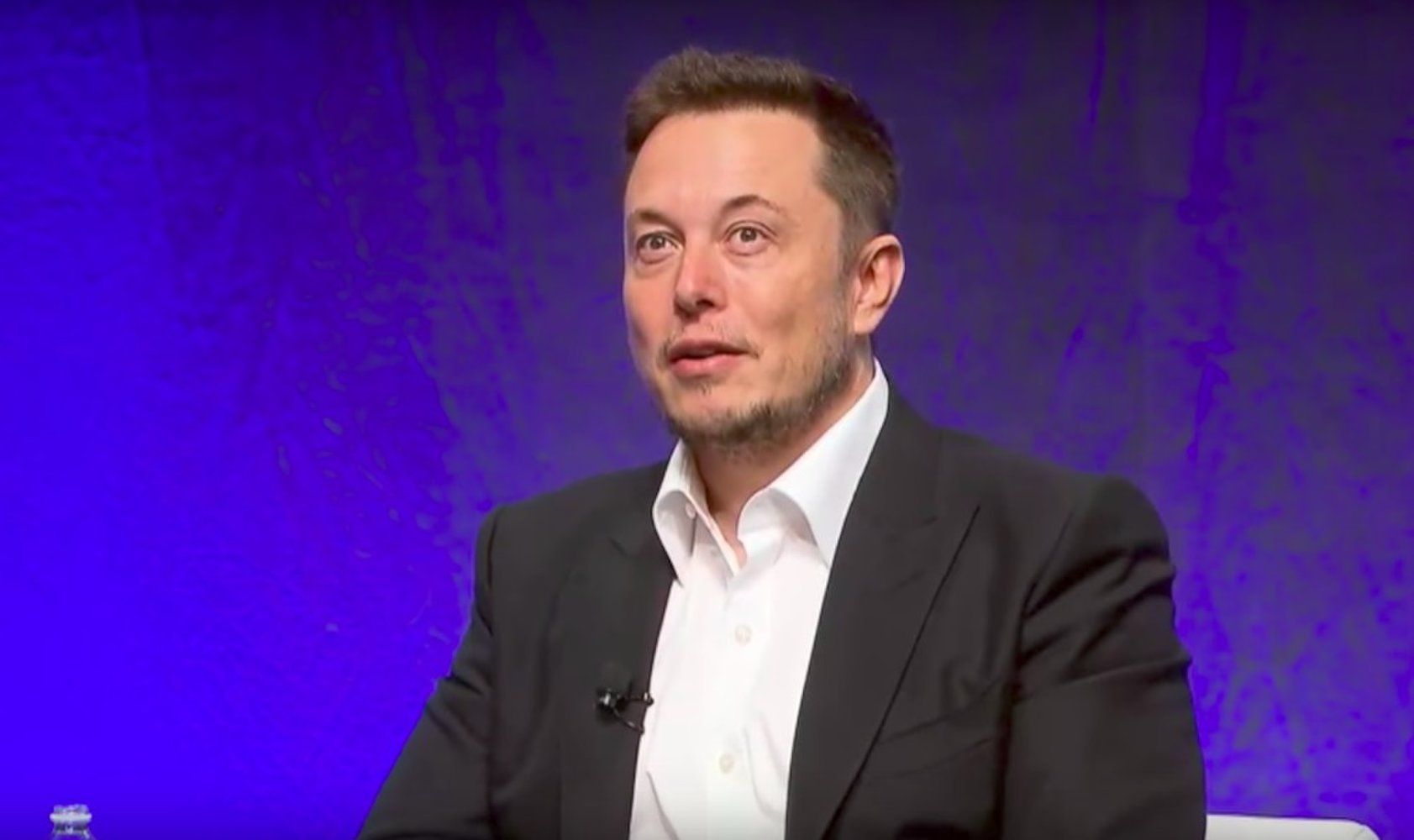
Elon Musk’s Neuralink Gets $27 Million to Merge Humans and Machines
Not much is known about Neuralink beyond Musk’s few public comments about the potential of brain-computer interfaces to accelerate human evolution. Musk sees real danger in artificial intelligence — he’s called AI a “fundamental risk to the existence of human civilization” — and believes that the best way to keep pace with machine intelligence is to upgrade human intelligence.
“Over time I think we will probably see a closer merger of biological intelligence and digital intelligence,” Musk told audience members at the World Government Conference in Dubai, proposing a high-bandwidth digital interface that can be interlaced with the brain to transmit data at the speed of thought.
Musk elaborated on the brain-computer interface — also known as a neural lace — in an interview published on the blog Wait But Why. In it, he said that the immense creative capacity of the human brain is constrained by the need to compress our highly complex thoughts into speech or typed text.
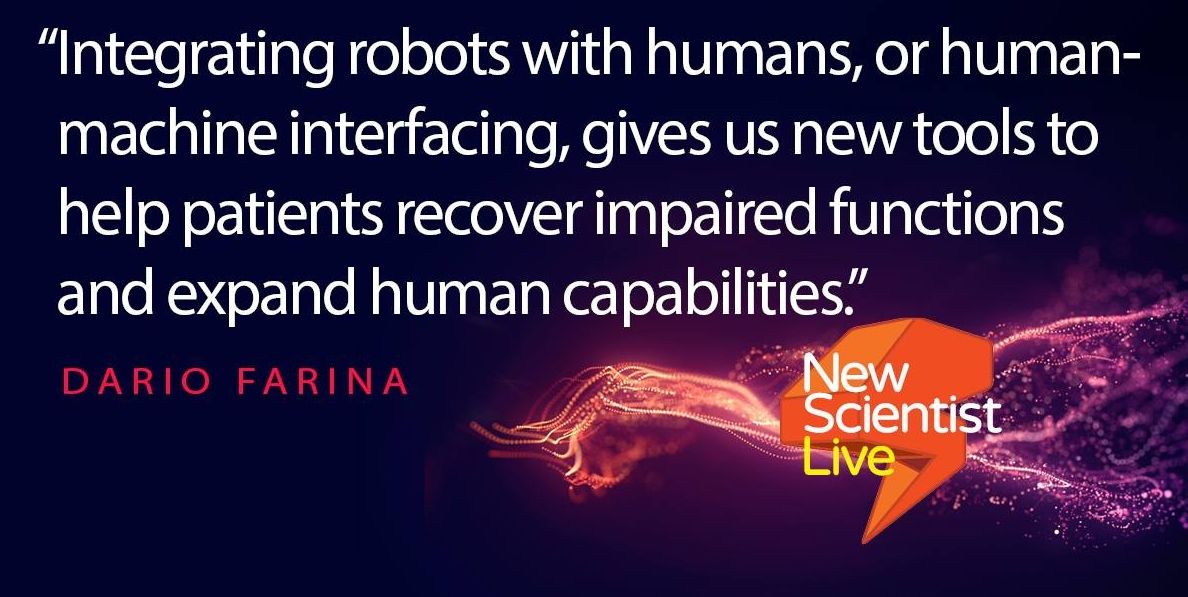
Transhumanism Is the Next Step in Human Evolution
From robotic replacement limbs to bionic eyes, the next step in human evolution might involve augmenting our bodies with a variety of new technology.
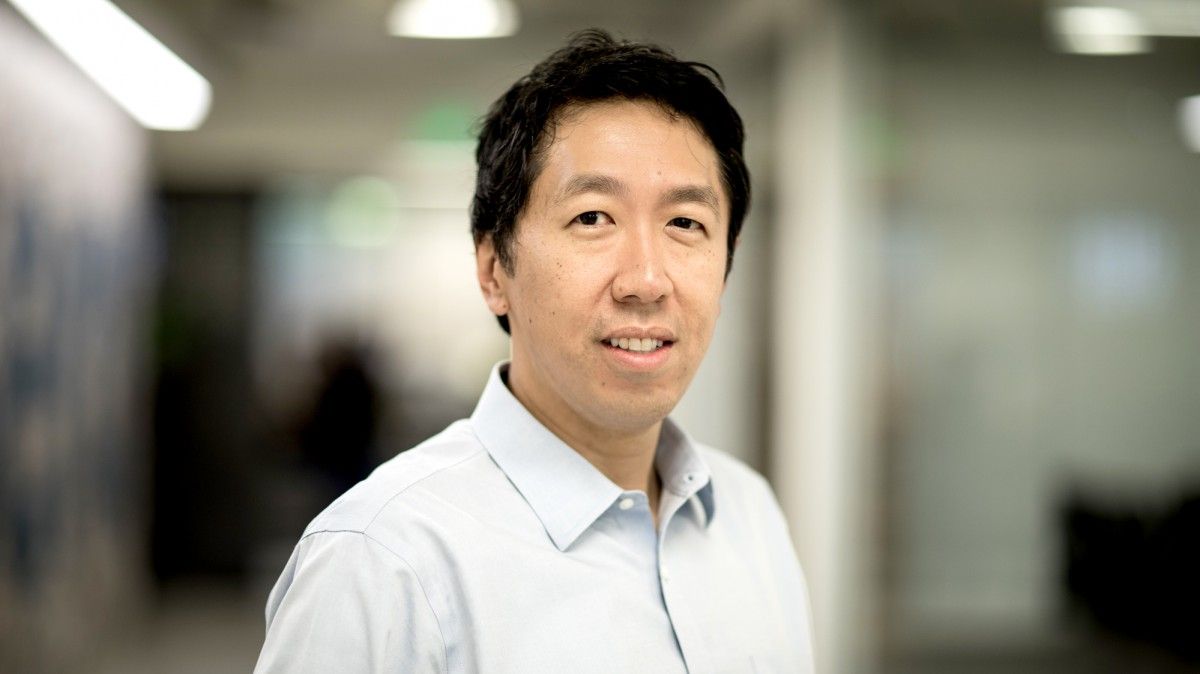
Andrew Ng’s Next Trick: Training a Million AI Experts
Andrew Ng, one of the world’s best-known artificial-intelligence experts, is launching an online effort to create millions more AI experts across a range of industries. Ng, an early pioneer in online learning, hopes his new deep-learning course on Coursera will train people to use the most powerful idea to have emerged in AI in recent years.
Millions of people should master deep learning, says a leading AI researcher and educator.

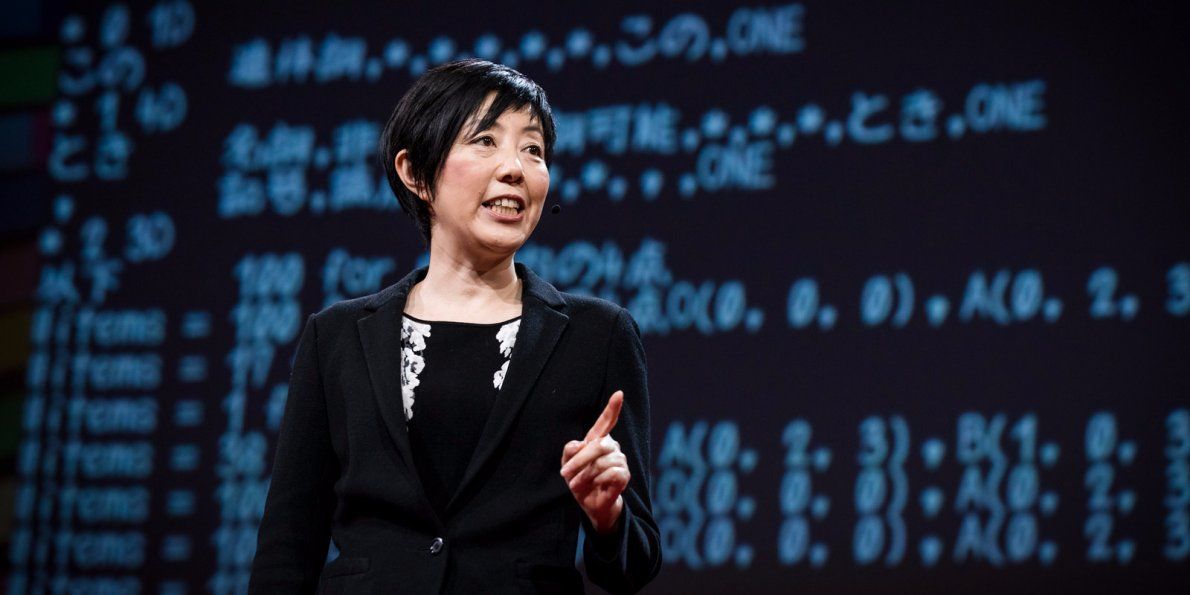
A robot did better than 80% of students on the University of Tokyo entrance exam
Artificial intelligence can’t understand meaning or emotion just yet, but it can write a pretty good essay on 17th-century maritime trade.
At the 2017 TED Conference this past April, AI expert Noriko Arai gave a talk presenting her Todai Robot, a machine that has been programmed to take the entrance exam to Japan’s most prestigious university, Tokyo University.
While Arai discovered Todai didn’t pass muster to gain acceptance, the robot still beat 80% of the students taking the exam, which consisted of seven sections, including math, English, science, and a 600-word essay writing portion.
